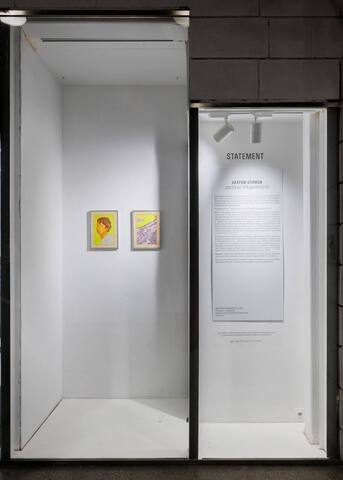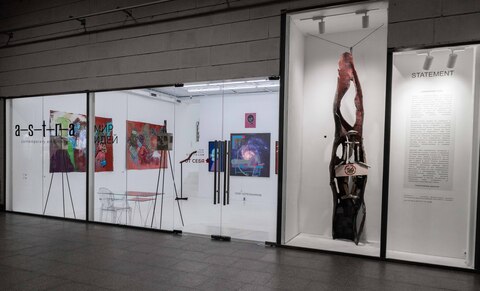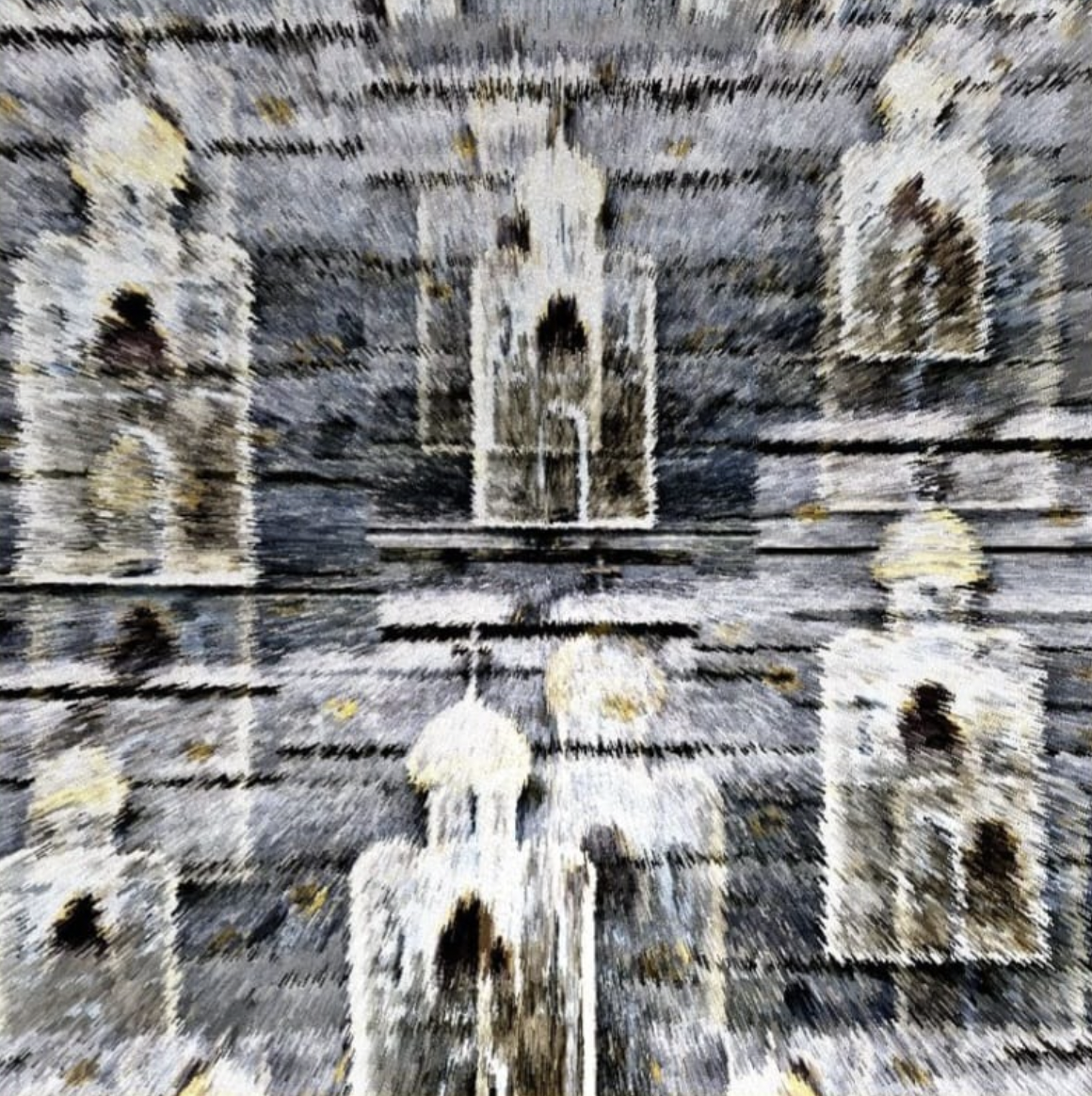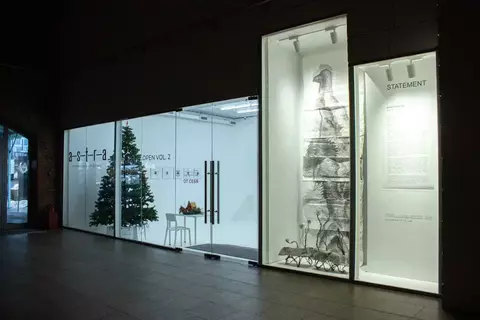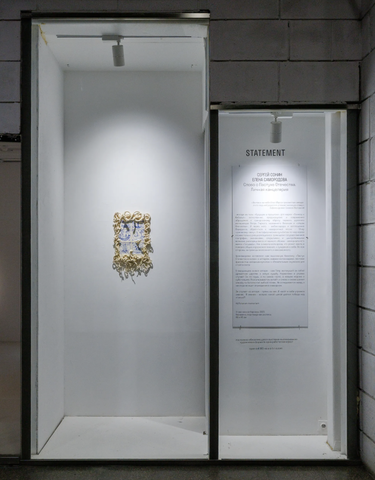
Сергей Сонин и Елена Самородова
Слово о Пастухе Отечества. Рассуждение. Личная канцелярия
Слово о Пастухе Отечества. Рассуждение. Личная канцелярия
«Явилась на небе близ Марса пресветлая звезда,
и кто под ней родился, стяжает великую славу».
Зафиксировал Симеон Волоцкий
…исходя из тезы «будущее в прошлом», для марки «Свинец и Кобальт» естественно, предсказуемо и современно обращение к грандиозному образу первого русского императора Петра Первого, названного Великим и «отцом Отечества». И через него – амбассадора и воплощение Парадокса, обратиться к невероятной эпохе – 18-му «длинному» веку». К метафизическим кульбитам по-над всеми стремительно расширяющимися границами государственной географии, значениями, открытиями, и центробежными волнами, расходящимися от единого образа – мемориального маяка «Государь». Как символа-волнореза, что режет вдоль и поперек общие и расхожие мнения и суждения о себе. Во все стороны, за границы возможного и невозможного. Хрономиражи оставляют нам мысленную базилику «Пастух Отечества в силах» с алтарём, нефами-колоннадами, лентами фризов под звёздным куполом с обязательным окулюсом для столпа света.
В мерцающем живом алтаре – сам Пётр, волокущий за собой дремотное царство в новую судьбу. Неумолимо и упрямо ступает Он по колено в грязи, поскальзывается, встаёт и снова и снова шагает вперёд по болотистой почве. Не оглядывается назад, и не ищет оправдания в очевидном. Ступает из алтаря – прямо на нас. И несёт в себе угрюмое знание. В знании – вопрос: какой ценой даётся победа над хтонью?!
…Угрюмость сменится лучом надежды, что забрезжит над строящимся парадизом, сваи и «дикие камни» для которого были заготовлены им на века. Наступит хмельная радость веселья с хороводами ассамблей, новых викторий, и вызовов. Вновь прозвучат клятвы преодолевать инерцию и утверждать (всегда молодую) империю…
Шеренги именных свайных колонн с геральдической эмблематой есть персоны, звенья «петровской цепи», фигуры его орбиты, ближайшее окружение государя на разных этапах царствования. Кого он создал, посвятил и вознёс самолично. Тех, кто абсолютно понимал природу его интенций, его лейтмотив. Понимал и принимал его государственную стратегию, и миссию, которой Он служил.
Свайные колонны не имеют внешнего базиса и расходятся стволами сквозь пирамидальный фундамент, чей пирамидион обращён вниз. В саму почву. Комли колонн расходятся корневищами. На фризовых лентах – рельефы. Трофейная зооморфная и антропоморфная мифология из походов и странствий, аллегории географических аппетитов, наследующие римский ордерный канон «широкого Пантеона».
Звёздный купол – астрологические карты сподвижников – героев эпохи. Купольные рёбра с картами, что сошлись, равно освещены и солярным, и лунарным светом. Государь Пётр не прорубал окно в Европу, оно довольно широко было распахнуто до его воцарения, ещё при царствовании отца Алексея Михайловича. Но Пётр раскрыл широкие порталы с возможностями. И взгляды его равно были обращены и на восходящий Запад и на оцепенение Востока. Пётр претворял свой «византийский план», свою стратегию. И неумолимо следовал своему предначертанию.
…Царём-парадоксом он был и остаётся и для Востока, и для Запада.
Ad futuram memoriam
Свинец и Кобальт











